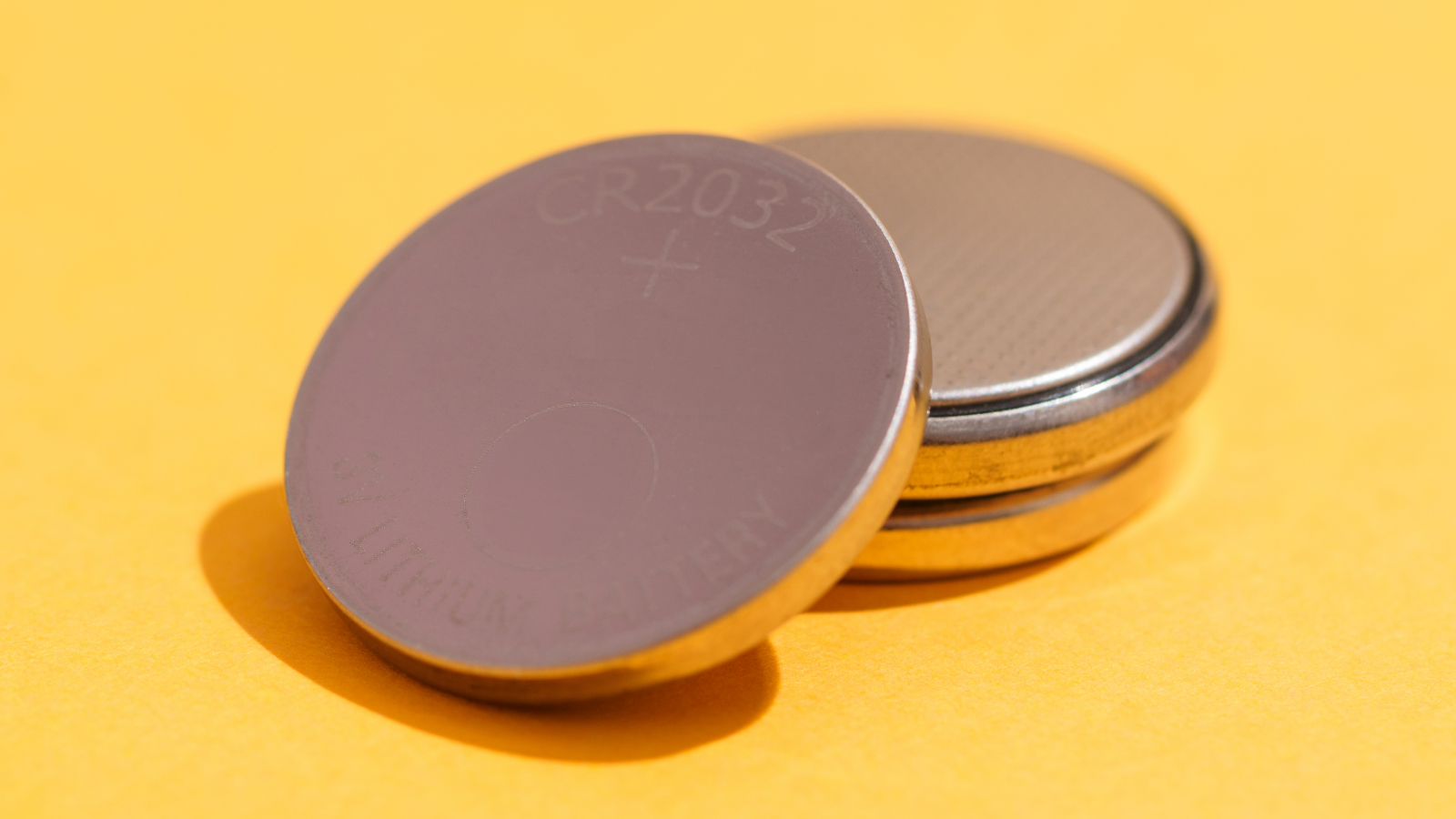
Researchers have developed a new coin-type sodium-based battery that can charge rapidly “in seconds” and could potentially power everything from smartphones to electric vehicles (EVs) in the future.
By combining anode materials used in conventional batteries with cathodes from supercapacitors — batteries that can store and deliver energy at very high rates –– the scientists created a new type of sodium-ion battery that offers both high capacity and rapid-charging capabilities.
They were looking for a way to overcome the current limitations of sodium-ion energy storage — touted as an alternative to lithium-ion batteries — and described their findings in a study published March 29 in the journal Energy Storage Materials.
The new sodium-ion hybrid fuel cells could serve as a "viable next-generation alternative to lithium-ion batteries," the researchers said in a joint statement, with applications ranging from laptops and mobile devices to electric vehicles and aerospace technologies.
Sodium is significantly more abundant than lithium –– up to 1,000 times more, the researchers said –– making sodium-ion batteries potentially cheaper and more sustainable to produce than the lithium-ion batteries currently used to power most EVs and consumer electronics.
However, existing sodium-ion batteries offer lower power output and storage capacity than lithium-ion batteries and take longer to charge, thus limiting their potential applications. In the new study, the researchers sought a way to tackle the shortcomings of the technology.
The research represents "a breakthrough in overcoming the current limitations of energy storage systems," Jeung Ku Kang, lead author of the study and a professor of materials science and engineering at the Korea Advanced Institute of Science and Technology (KAIST), said in the statement.
They achieved their prototype by developing a new type of anode from ultrafine iron sulfide particles embedded in sulfur-doped carbon and graphene. This improved conductivity and energy storage. For the cathode, they used a "zeolitic imidazolate framework" (ZIF) — a type of metal-organic framework that combines metal ions with organic molecules to create a porous, crystalline structure. This improved how quickly the battery could charge and discharge.
The team said the full cell, once assembled, achieved an energy storage capacity of 247 watt-hours per kilogram (Wh/kg) and could deliver power at a rate of up to 34,748 watts per kilogram (W/kg). This means it could hold more energy for its weight than existing hybrid sodium-ion batteries and could charge and discharge power much more quickly, exceeding the performance of existing technology by more than 100 times.
The battery also maintained efficiency and performance over 5,000 charge and discharge cycles in tests, the researchers said, suggesting it could be used repeatedly over a long period without wearing out. This is crucial for applications where batteries need to last a long time without degrading, such as in grid energy storage systems and EVs. By comparison, many lithium-ion batteries used in commercial laptops, for example, can sustain up to 500 charge cycles before beginning to degrade.







